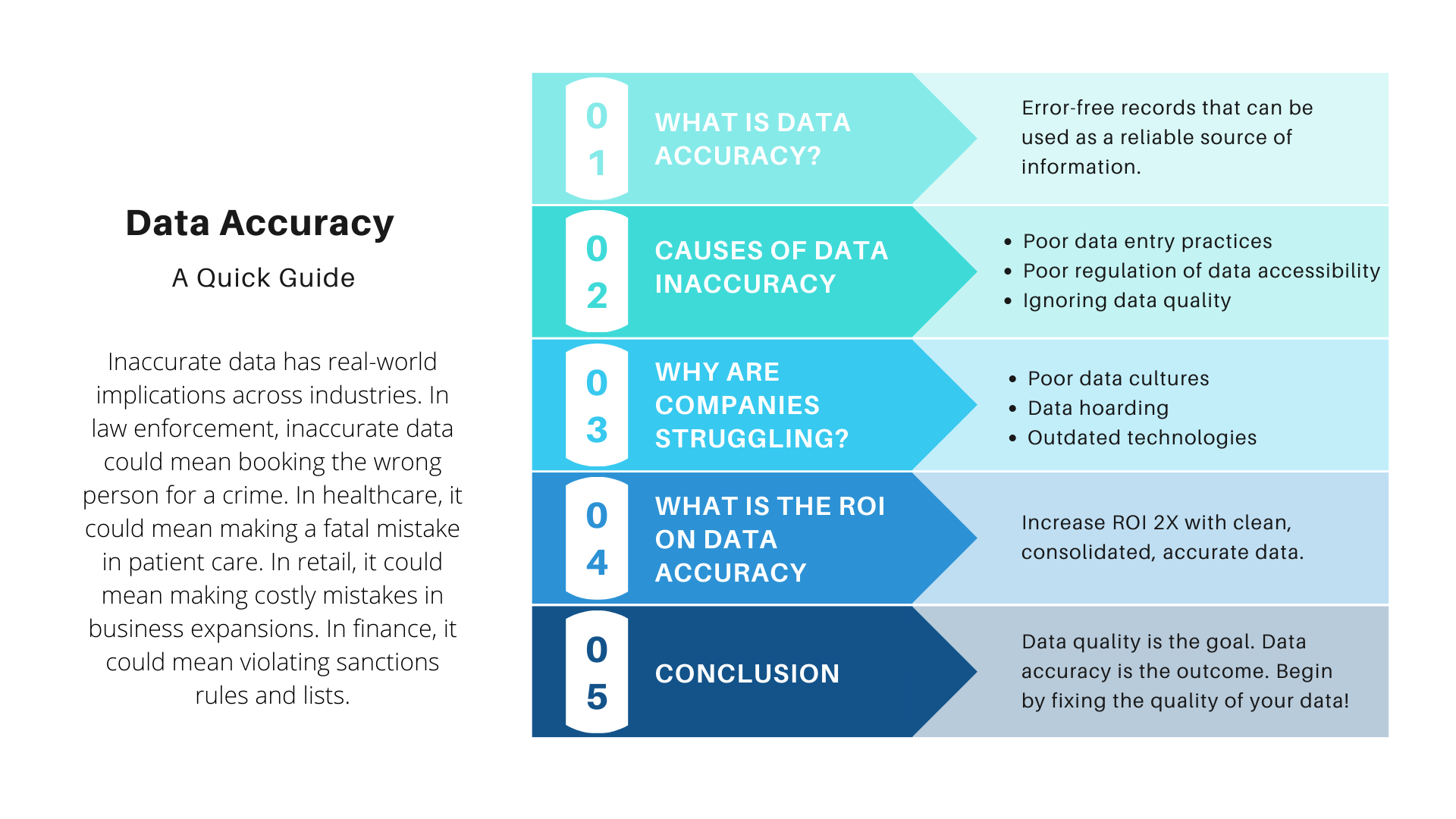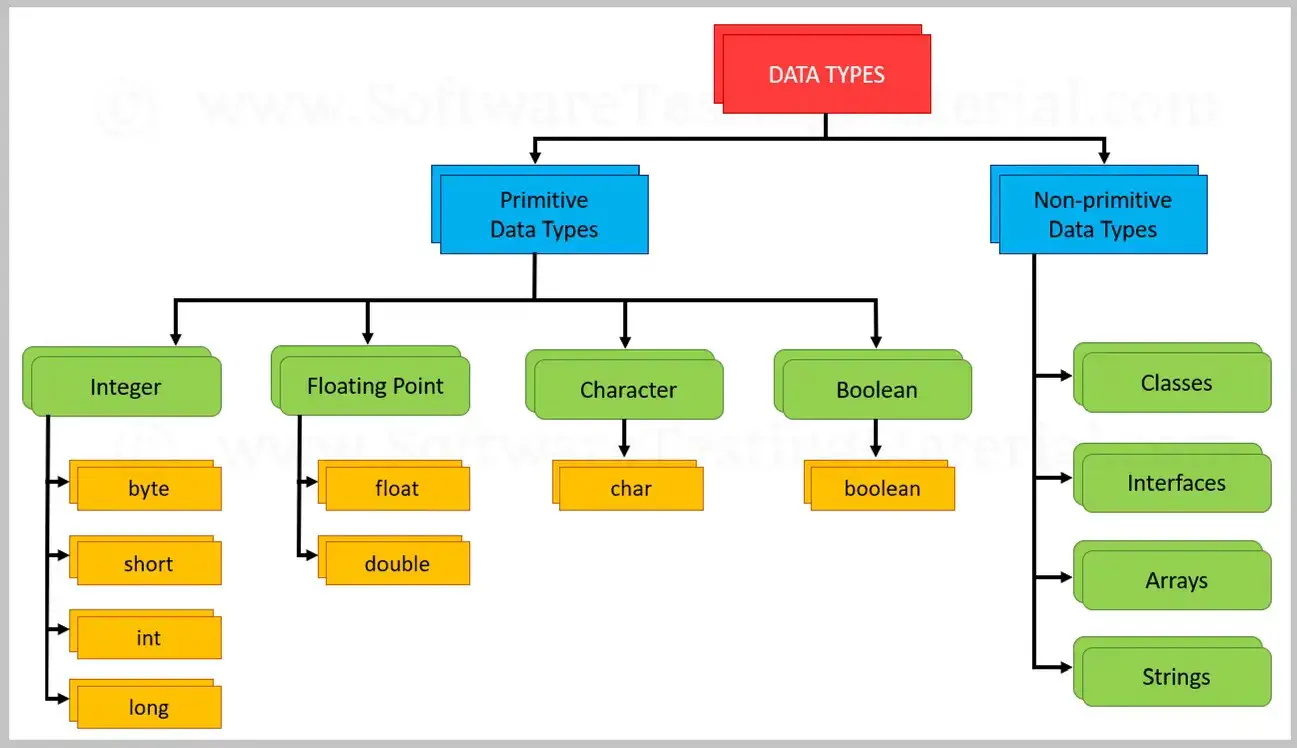Type Troubles: Ensuring Data Types Match Up

Data types are a fundamental aspect of programming that define the kind of data that a variable can hold. Mismatched data types can lead to unexpected errors and incorrect program behavior. To prevent these issues, it’s crucial to ensure that data types align with the intended use of data.

Type errors occur when an operation or assignment involves values of incompatible data types. For instance, if you try to add a number to a string, you’ll encounter a type error. The compiler or interpreter checks for type compatibility during compilation or runtime, respectively.

To avoid type errors, it’s essential to:
- Declare variables with appropriate data types: Choose the data type that best represents the intended data (e.g., int for integers, float for floating-point numbers).
- Use type conversion: Explicitly convert values to match the required data type (e.g.,
int(input())to convert user input to an integer). - Check data types before operations: Use conditional statements (e.g.,
if type(x) == int) orisinstance()in Python to verify data types before performing operations. - Use type hinting (optional): In languages like Python and TypeScript, you can provide type hints to guide the compiler and IDEs.
Ensuring data type compatibility helps maintain program integrity, prevents errors, and facilitates data manipulation. By adhering to these practices, developers can create robust and reliable code.## Type Troubles: Ensuring Data Types Match Up
Executive Summary
In this article, we’ll discuss the importance of ensuring data types match up. We’ll also provide some tips on how to identify and resolve type mismatches.
Introduction
Data types are a fundamental aspect of programming. They define the format and range of values that a variable can hold. When data types are mismatched, it can lead to errors and unexpected behavior in your program.
FAQs
1. What are the different data types?
There are many different data types, but the most common include:
- Integers: Whole numbers, such as 1, 2, and 3.
- Floats: Decimal numbers, such as 1.23, 4.56, and 7.89.
- Strings: Sequences of characters, such as “hello”, “world”, and “123”.
- Booleans: True or false values.
2. Why is it important to ensure data types match up?
When data types are mismatched, it can lead to errors and unexpected behavior. For example, if you try to add an integer to a string, you will get an error.
3. How can I identify and resolve type mismatches?
There are a few ways to identify and resolve type mismatches. One way is to use a type checker. A type checker is a tool that can analyze your code and identify potential type mismatches. Another way to identify type mismatches is to look for errors in your program. If you see an error that mentions a type mismatch, it is likely that you have a type mismatch in your code.
Top 5 Subtopics
Data Type Conversion
Data type conversion is the process of changing the data type of a variable. There are two main types of data type conversion:
- Implicit conversion: The compiler automatically converts the data type of a variable.
- Explicit conversion: The programmer manually converts the data type of a variable.
Type Checking
Type checking is the process of verifying that the data types of variables match up. There are two main types of type checking:
- Static type checking: The compiler checks the data types of variables at compile time.
- Dynamic type checking: The interpreter checks the data types of variables at runtime.
Type Inference
Type inference is the process of determining the data type of a variable based on its value. Type inference is used in many programming languages, such as Python and JavaScript.
Type Annotations
Type annotations are a way of specifying the data type of a variable. Type annotations are not required in all programming languages, but they can help to improve code readability and maintainability.
Type Errors
Type errors are errors that occur when data types are mismatched. Type errors can be caused by a variety of factors, such as:
- Using the wrong data type in an expression.
- Assigning a value of the wrong data type to a variable.
- Calling a function with the wrong data type arguments.
Conclusion
Ensuring data types match up is an important part of programming. By understanding the different data types and how to identify and resolve type mismatches, you can write code that is more robust and reliable.
Keyword Tags
- data types
- type checking
- type conversion
- type inference
- type mismatch
